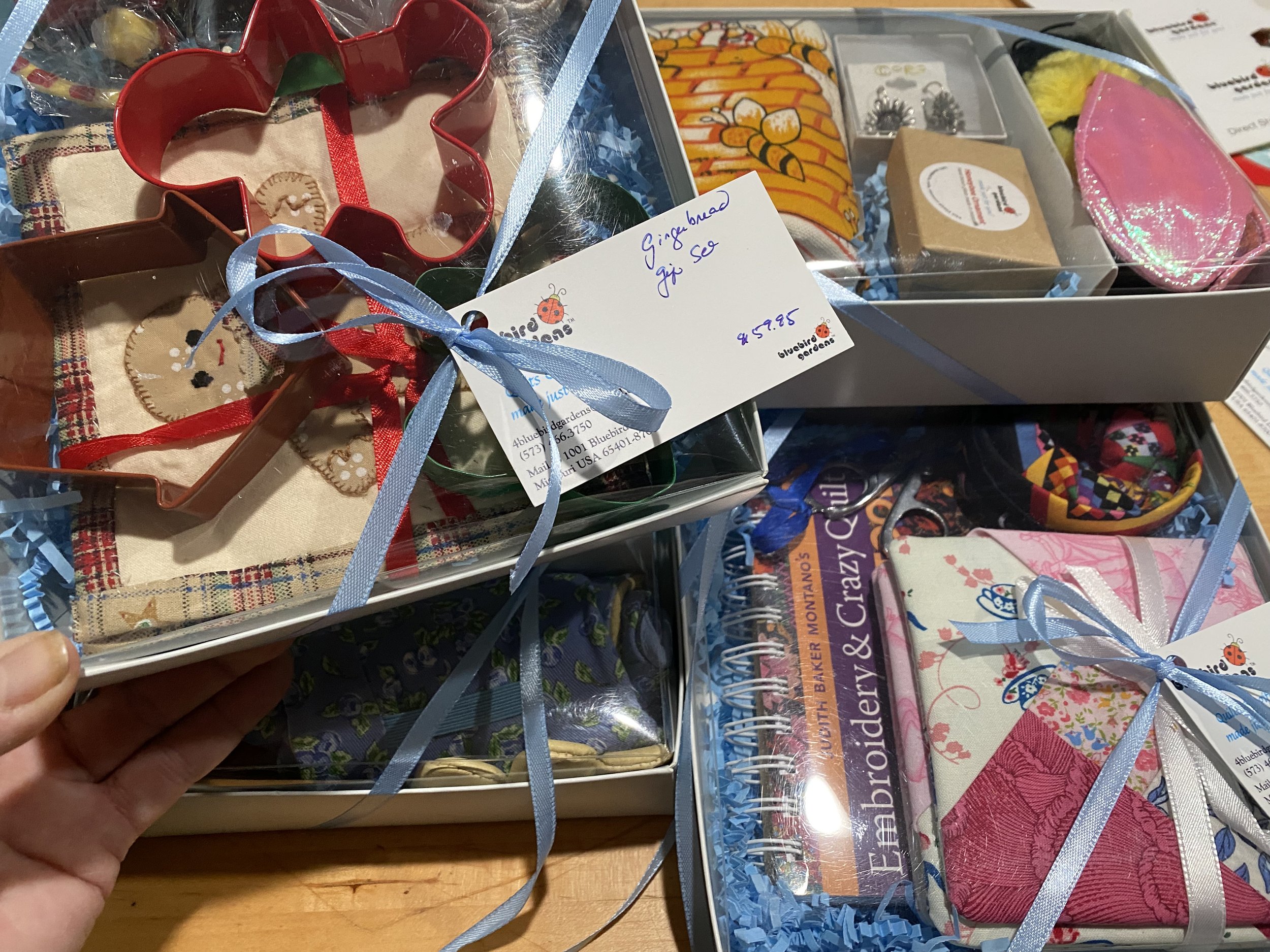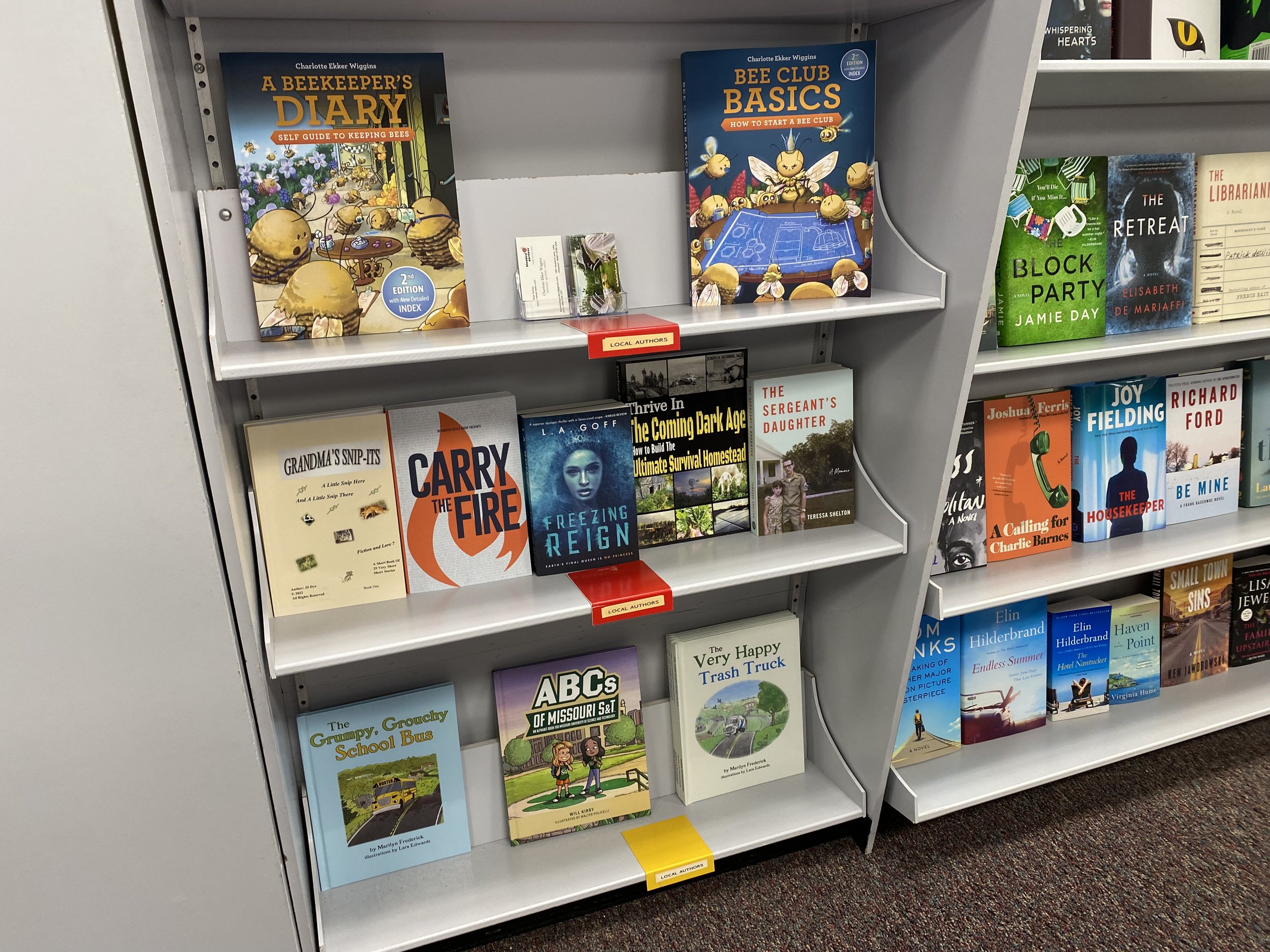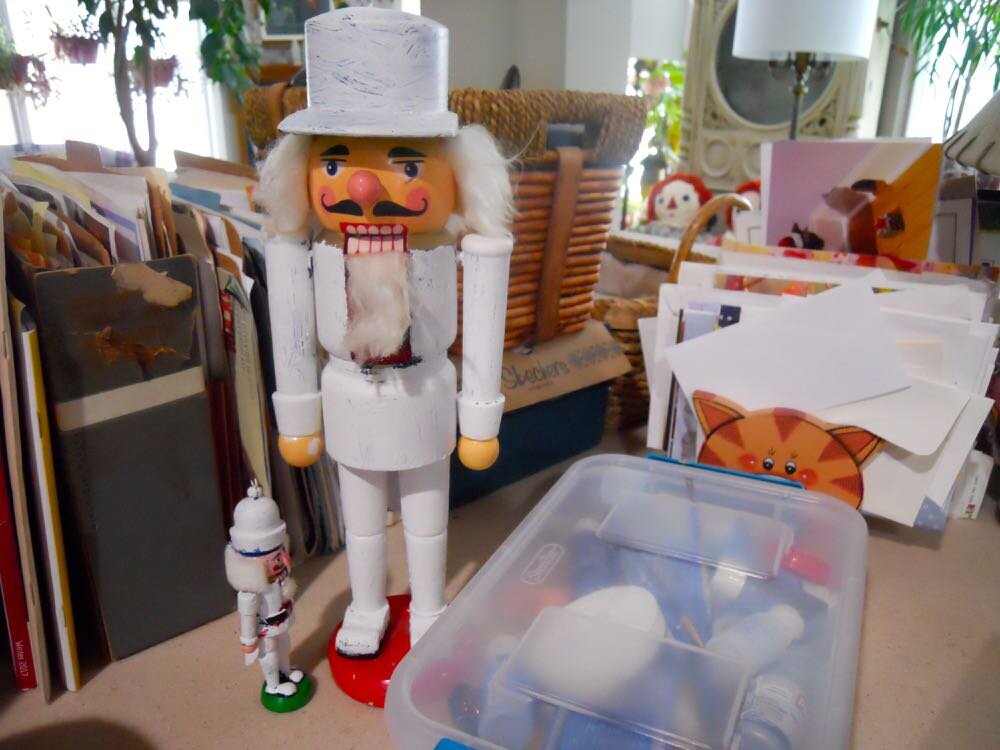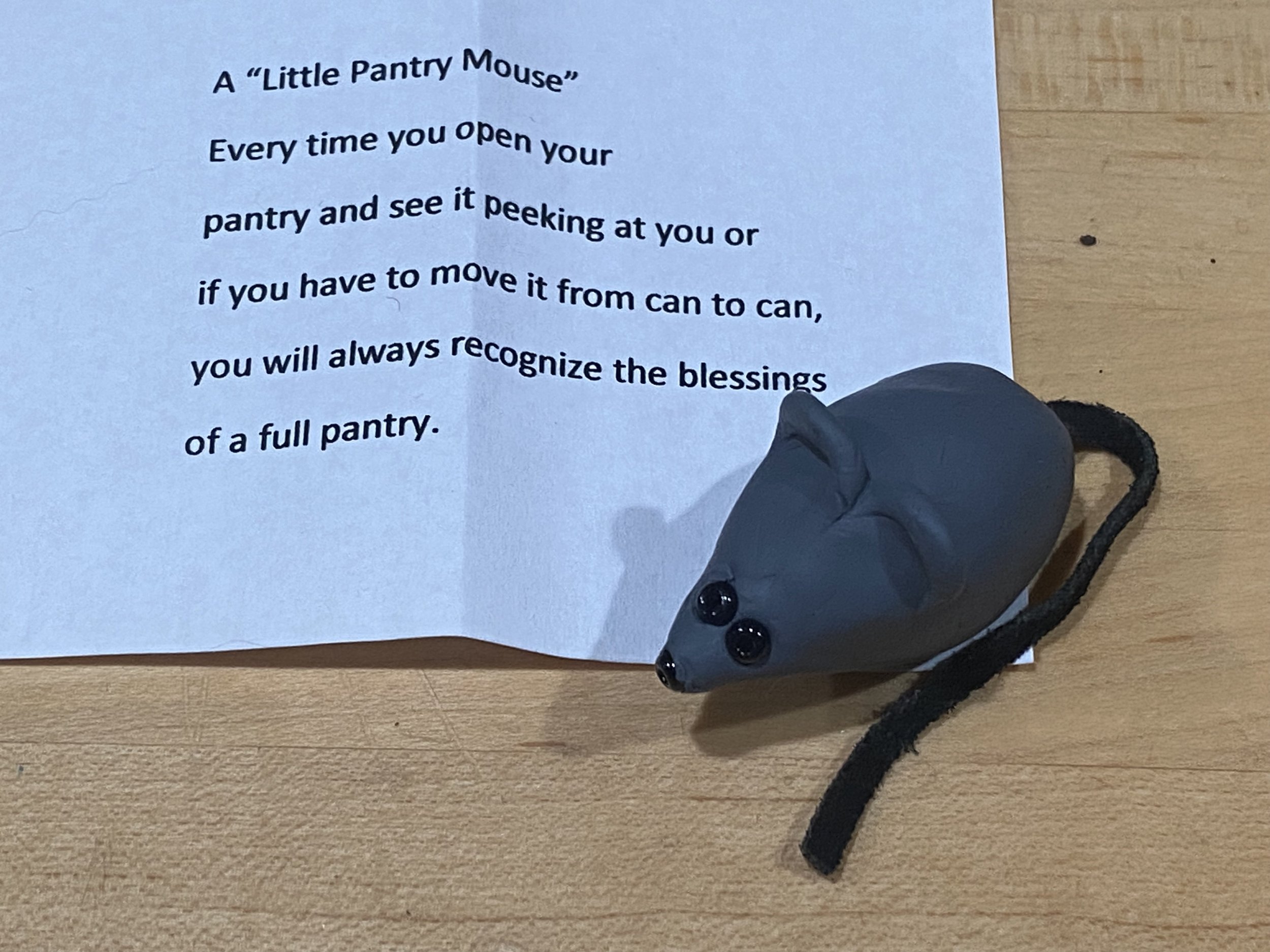Mum Still Alive?
/This is a typical mum given as a gift and then tossed once flowers die. (Photo by Charlotte Ekker Wiggins)
“Charlotte, help. I was given three yellow mums for my birthday and I can’t tell if they are still alive. They look dead to me. How do I tell?” — Cecily
Mum Still Alive?
Hi Cecily, lucky you! If you have been watering the gift mums all along as the flowers fade, your plants may still be alive, even if they look dead.
Florist chrysanthemums are grown in greenhouses with artificial lights and stimulation. They are a little harder to transfer to a garden since they have never lived outside. Garden mums, those grown by nurseries, are easier to make the transition since they were grown in natural conditions.
Regardless, the key to determine if your mums are still alive is to “peek” into the bottom of the plant to spot any new growth. The yellow mum at the top has been planted in my garden for a good month now. Here is the bottom of the mum plant:
New growth in the bottom center is a good indication your mum is still alive. (Photo by Charlotte Ekker Wiggins)
Those tiny green leaves are the start of a new mum plant and a sure sign the plant is still alive and growing. Leave the dead stems and flowers to protect the seedlings through winter.
Here is another mum where the flowers and stems appear to be dead. What do you think, is this mum still alive?
A mum where both the flowers and stems are dry and appear dead. (Photo by Charlotte Ekker Wiggins)
After planting your mums in the garden, make sure to water a couple of times a month through winter. The water will help keep the roots alive and get established.
I wouldn’t have bet on that mum plant until I gently pushed the stems side and looked at the bottom. The new starts are not very big so look closely and at the stem bottom.
Bottom of the dry mum has new growth in the center. (Photo by Charlotte Ekker Wiggins)
Once the mums are established in your garden, they will come back on their own for several years.
Here is an established pink mum with the colors of our Pink Sleeping Cats Quilt. I didn’t trim back to the round shape earlier this year so that I could easily enjoy the flowers on longer stems as cut flowers. We’ve already had several hard frosts in mid-Missouri so the plant is looking a little worse for wear.
This pink mum has been growing in a flower bed for 3 years now. Is it still alive? (Photo by Charlotte Ekker Wiggins)
Checking the pink mum’s center, though, is what I like to see, tiny starts of next year’s plant already showing their little leaf tips.
Sure enough, little mum starts are at the bottom of the plant. (Photo by Charlotte Ekker Wiggins)
It did cross my mind that it may appear odd for someone to be going from mum to mum, peering into the plant and laughing. It’s one of my favorite mid-winter past times on a sunny day when I am ready for spring. Seeing those tiny new leaves are a promise of another growing season ahead.
So what do you see when you peek at your mums centers?
Charlotte

















